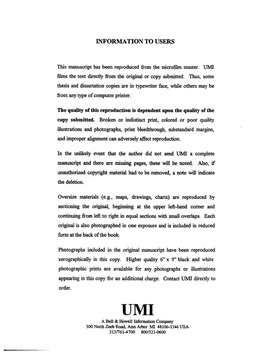| dc.contributor.advisor | Ozaydin, Murad, | en_US |
| dc.contributor.author | Simmons, Charlotte Kaye. | en_US |
| dc.date.accessioned | 2013-08-16T12:30:17Z | |
| dc.date.available | 2013-08-16T12:30:17Z | |
| dc.date.issued | 1998 | en_US |
| dc.identifier.uri | https://hdl.handle.net/11244/5702 | |
| dc.description.abstract | Let ${\rm I\!E}$ be a quadratic extension of ${\rm I\!F}$ where the characteristic of ${\rm I\!F}$ is not two. We develop a hyperbolic geometry in this general set-up where $\IH={\rm I\!E}-{\rm I\!F}$ is the hyperbolic plane model. Along the way, we also develop a Euclidean and conformal geometry. In general, much of the classical theory holds true in our set-up. However, we do have unexpected peculiarities. For instance, a line may pass through the center of a circle without intersecting the circle. Since our fields are not necessarily ordered, the concept of angle must be replaced by that of "dengle" or double exponential angle. There can be many different equivalence classes of "geodesics" (fixed point sets of hyperbolic reflections) and the concepts of "perpendicular" and "orthogonal" are distinct in our geometry. | en_US |
| dc.format.extent | vi, 202 leaves : | en_US |
| dc.subject | Geometry. | en_US |
| dc.subject | Mathematics. | en_US |
| dc.subject | Finite geometries. | en_US |
| dc.subject | Geometry, Hyperbolic. | en_US |
| dc.title | Euclidean, conformal, and hyperbolic geometry over classical, finite and other fields. | en_US |
| dc.type | Thesis | en_US |
| dc.thesis.degree | Ph.D. | en_US |
| dc.thesis.degreeDiscipline | Department of Mathematics | en_US |
| dc.note | Source: Dissertation Abstracts International, Volume: 59-09, Section: B, page: 4864. | en_US |
| dc.note | Adviser: Murad Ozaydin. | en_US |
| ou.identifier | (UMI)AAI9905618 | en_US |
| ou.group | College of Arts and Sciences::Department of Mathematics | |
